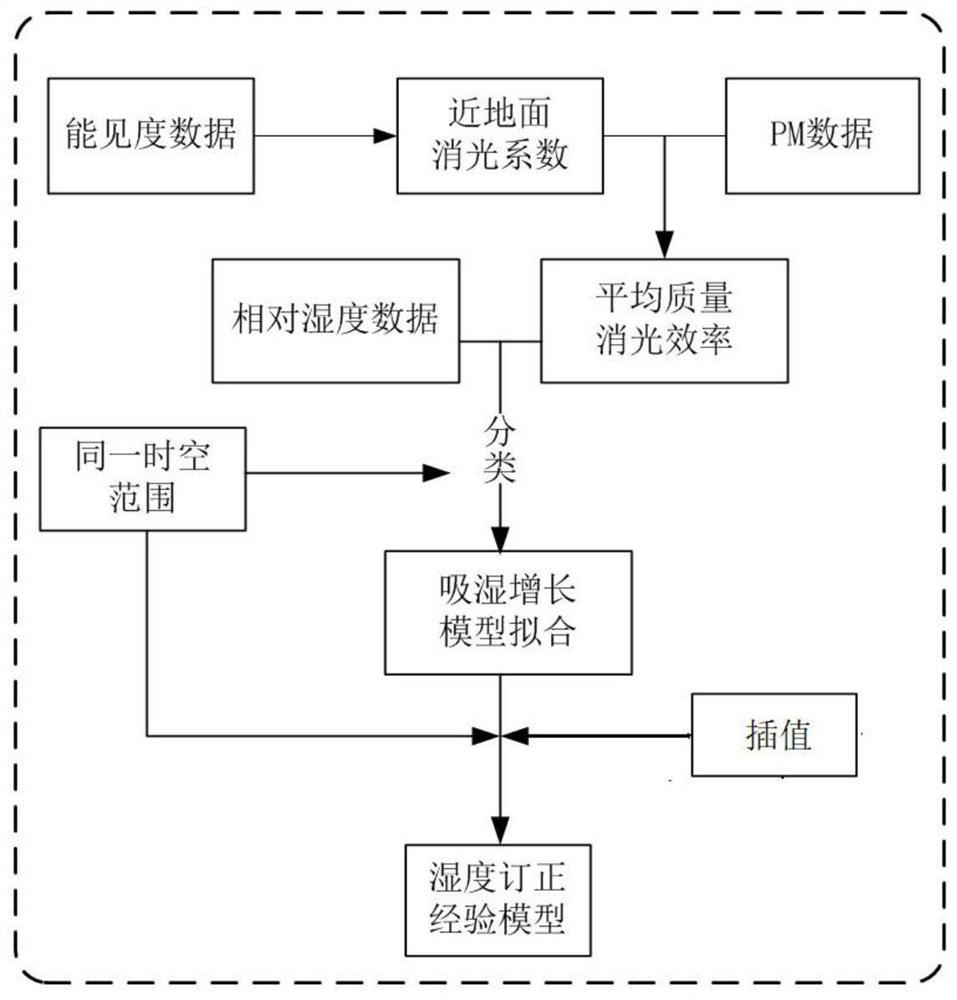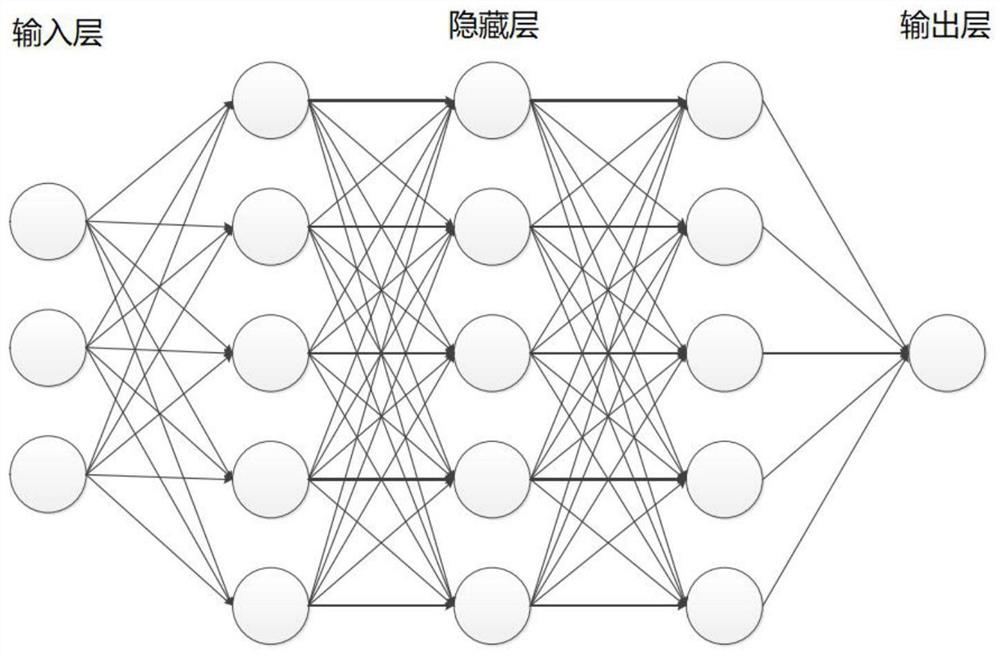Geostationary satellite hourly near-surface atmospheric fine particulate matter estimation method
A technology of atmospheric fine particles and geostationary satellites, applied in particle suspension analysis, neural learning methods, meteorology, etc., can solve the problems of inability to accurately, timely and effectively obtain hour-scale near-ground fine particle concentration data, and achieve a solution to the gradient Disappear, solve the effect of large amount of calculation, clear and fine method
- Summary
- Abstract
- Description
- Claims
- Application Information
AI Technical Summary
Problems solved by technology
Method used
Image
Examples
Embodiment Construction
[0046] The following will clearly and completely describe the technical solutions in the embodiments of the present invention with reference to the accompanying drawings in the embodiments of the present invention. Obviously, the described embodiments are only some, not all, embodiments of the present invention. Based on the embodiments of the present invention, all other embodiments obtained by persons of ordinary skill in the art without creative efforts fall within the protection scope of the present invention.
[0047] see Figure 1-6 The present invention provides a technical solution: a method for estimating atmospheric fine particles near the ground by geostationary satellites hour by hour, comprising the following steps:
[0048] S1: vertical correction
[0049] Based on the law of Koschmieder (Koschmieder, 1925), the near-ground extinction coefficient of the site is calculated by using the visibility observation data of national surface meteorological stations; The ...
PUM
 Login to View More
Login to View More Abstract
Description
Claims
Application Information
 Login to View More
Login to View More - R&D
- Intellectual Property
- Life Sciences
- Materials
- Tech Scout
- Unparalleled Data Quality
- Higher Quality Content
- 60% Fewer Hallucinations
Browse by: Latest US Patents, China's latest patents, Technical Efficacy Thesaurus, Application Domain, Technology Topic, Popular Technical Reports.
© 2025 PatSnap. All rights reserved.Legal|Privacy policy|Modern Slavery Act Transparency Statement|Sitemap|About US| Contact US: help@patsnap.com



